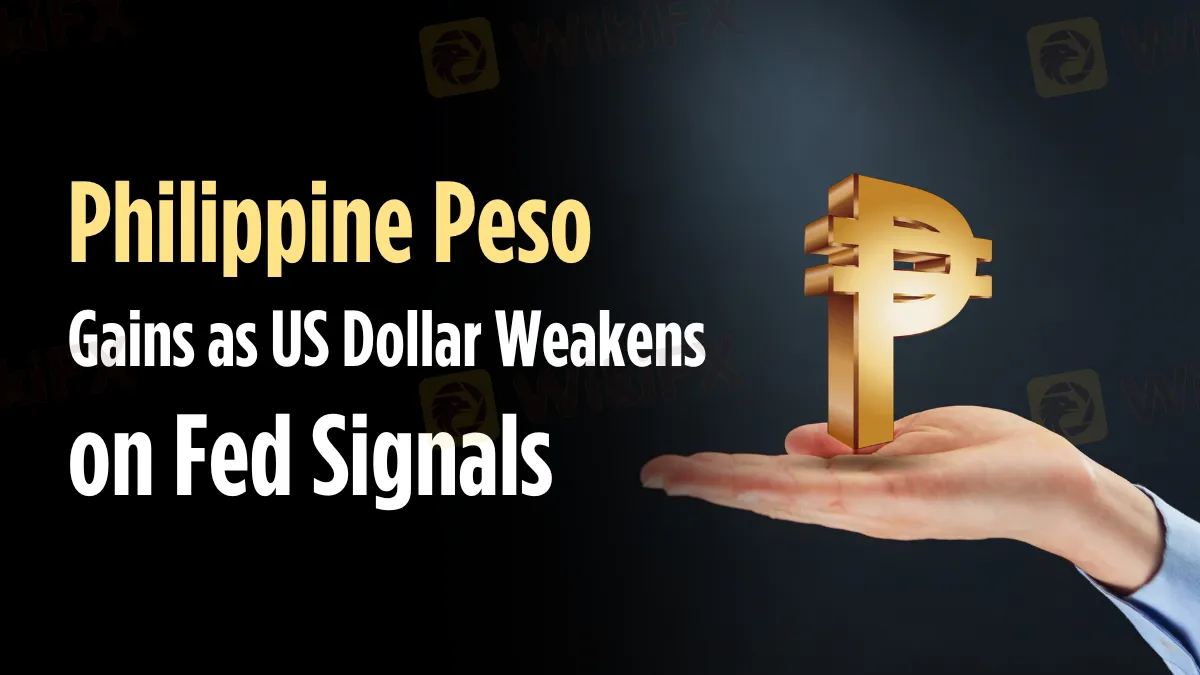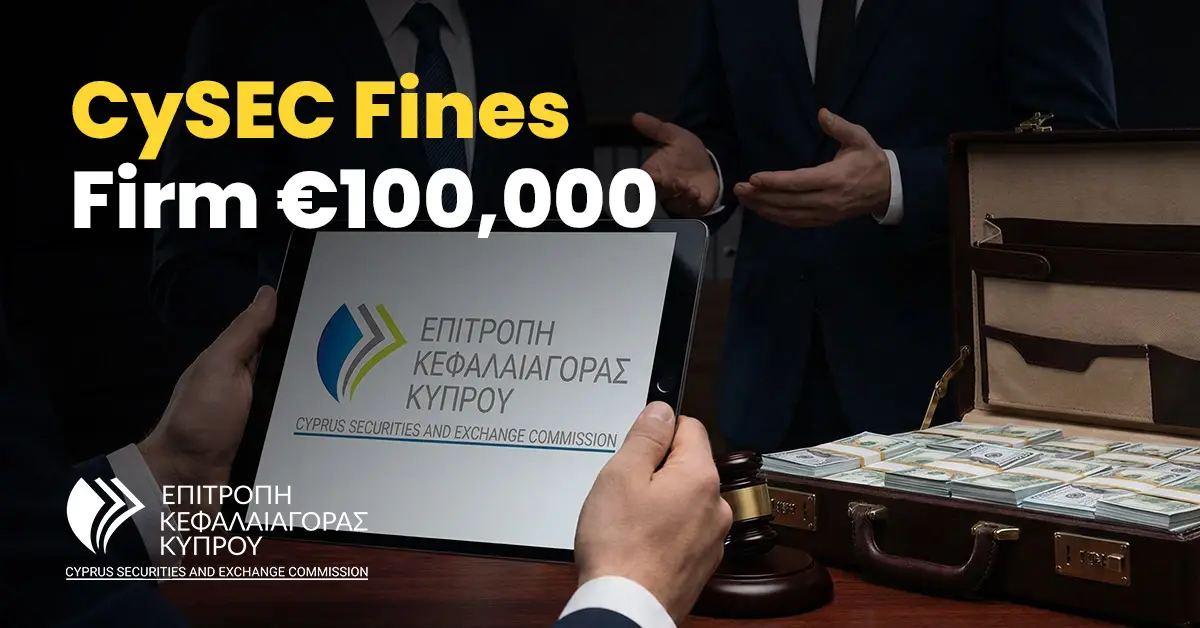Abstract:The Philippine peso strengthens as the US dollar weakens amid expectations of a Federal Reserve rate cut, supporting regional central bank policies.

The Philippine peso has improved significantly compared to the US dollar, owing to signs from the US Federal Reserve indicating a probable rate drop in the next month. This research is beneficial for the region, particularly the Philippines, as it may give much-needed assistance to policymakers assessing changes in monetary tactics.
Fed Signals Weaker US Dollar
Asian currencies, notably the Philippine peso, are expected to rally in reaction to these events. The Federal Reserve's possible rate drop, which is expected next month, has boosted Asian currencies. According to Shivaan Tandon, an economist at Capital Economics, the assumption of rate decreases has resulted in a realignment of Asian currencies with the narrowing yield difference, which has been seen since the start of the month.
“We expect Asian currencies to strengthen a bit further against the US dollar, providing a reassuring backdrop as policymakers consider the case for a change of course,” says Tandon.
Federal Reserve Chairman Jerome Powell has said that the US central bank is prepared to begin decreasing interest rates, with the timing and speed of any reduction determined by incoming data and the developing economic outlook. This statement has boosted analysts' expectations for a Fed rate drop of 50 basis points (bps) before the end of the year, perhaps contributing to a lower dollar.
Impact on the Philippine Peso and Monetary Policy
The possible weakness of the US currency may allow Asian central banks, particularly the Bangko Sentral ng Pilipinas (BSP), to reassess their monetary policies. Many Asian central banks were cautious earlier this year, citing worries about growing import prices caused by currency weakness. However, while inflation has remained within goal ranges and other developing countries have moved to relax monetary policy, there is a rising justification for change.

In the Philippines, the BSP's Monetary Board has already decreased the main policy rate by 25 basis points. This decrease has lowered interest rates down to 6.25 percent from a 17-year high of 6.5 percent. Tandon believes that the BSP may impose another 25-bps drop in the fourth quarter, with the remaining meetings set for October and December.
Michael Ricafort, chief economist of Rizal Commercial Banking Corp., agrees, noting that the BSP might match any future Fed rate decreases to preserve a “healthy interest differential.” This disparity would serve to stabilize the peso exchange rate, moderate import costs, and keep general inflation in line.
Peso Strengthens Amid Rate Cut Prospects
Last Thursday, the Philippine peso closed at P56.333, its highest level since early April 2024, when it touched P56.30 per dollar. This is a huge improvement from the peso's prior position, which stuck around P58:$1 for more than two months.
This phase of peso weakening was mostly impacted by dovish pronouncements by the BSP, which hinted at probable rate reduction ahead of comparable actions by the Federal Reserve. However, the BSP's recent 25 basis point rate drop has boosted the peso, moving it closer to the P55:$1 barrier.
Ricafort said that future reductions in local policy rates might be possible if the peso exchange rate remains constant or strengthens. BSP Governor Eli Remolona Jr. also hinted at another rate decrease this year, noting his confidence that inflation would remain well within the target range of 2.0 to 4.0 percent.
As the US dollar weakens, the appreciation of the Philippine peso follows a more significant regional trend in which Asian currencies are regaining support. The impending Federal Reserve decisions, as well as the BSP's strategic monetary adjustments, will most certainly play a critical role in deciding the peso's direction in the months ahead.
Stay updated on the Philippine peso's rise and Fed rate drop signals. Visit WikiFX News now for key financial insights!











